tuatara
Hero Member
I made 2 visits to an ole farm that belongs to my acquaintance. At least there I didn’t have to look for a sweet spot with the detector. Some of my keepers were just lying on the ground among the turfs of grass and included a half of a sterling silver with green enamel cigar cutter ca 1920’s marked ‘Stg Sil’. I hoped its second half was stomped into the soil somewhere nearby. But, alas, I’ve never managed to find it, though, searched all the area around. Next to the cigar cutter I saw a slightly squashed ring. For a couple of secs I believed that it was also silver. However, it turned out to be some older style alum. At the turn of the last century they considered alum quite a trendy material – bright and light. Then out came an ornate brass lady’s sash buckle marked in the middle ‘Czechoslovakia’. After a while I received a challenging signal and assumed that the object was of a very unusual shape. It was - a battled Australian ‘Rising Sun’ slouch hat badge of the WWI era. I hardly had time to think that I wanted a collar badge for a set when my wish was granted. On the top of that, I unearthed a rather worn-out dog tag of 1917. Later other finds of the same era emerged: a large General Service British Commonwealth military coat button backmarked ‘E.Armfield Birmingham’ and some little badge with a sort of Maltese cross in the middle of it. Those were followed by a wee bronze medal ‘Strike Hard and Strike Again’ that was issued by Western Australia at the outbreak of WWI in support of England. There were also a lot of English coppers around dating from 1902 to 1918. On my second visit I started with a small but clear signal and dug out a rivet, my first one in a row of four. I walked away from the fifth, even smaller signal and found a patented horse gear (June 1897), probably a part of a saddle (?). No more targets and I returned to that iffy signal that I had rejected before. Unlike a rivet it was growing stronger with each dig but changed to some shriller tone that I associated with alum or roofing. I didn’t expect anything good so was digging very carelessly and, oops, scraped a big silver coin which at first I took for a Teddy’s florin. I flipped it to the other side and saw that old Russian double eagle. Well, I rechecked the hole, and the strong signal was still there. Next in one handful of dirt I was holding 2 rather big British silver coins – shillings of 1883 and 1897. Both are veterans of circulation but the dates are still visible. I rechecked the hole again, now with higher hopes, and, voila, the hole wasn’t exhausted yet. To cut it short, there were 3 other quite big silver coins remaining in the honey hole – 2 Australian shillings (1917, 1922) and some other huge coin. I was hoping for a crown but it was not meant to be. However, now my biggest silver oldie is a Russian rouble of 1898 minted in Brussels (2 asterisks mark on the coin’s rim) which is mildly scarce. I believe that the honey hole was kids’ cache of the 1920’s. Probably their Dad brought some European money from front for them to play with, and they combined it with their pocket money. Or maybe the farmer planted big silver coins to grow a big and nice silver tree.
Attachments
-
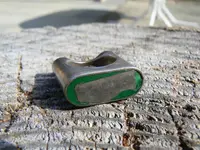 silversigarcutter001.webp80.8 KB · Views: 1,333
silversigarcutter001.webp80.8 KB · Views: 1,333 -
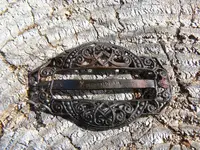 buckle001.webp184.6 KB · Views: 1,336
buckle001.webp184.6 KB · Views: 1,336 -
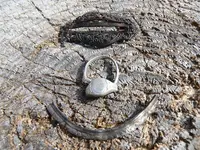 buckleringsilverframe001.webp179.6 KB · Views: 1,345
buckleringsilverframe001.webp179.6 KB · Views: 1,345 -
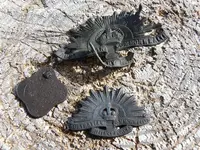 militarybadgesdogreg001.webp175.3 KB · Views: 1,339
militarybadgesdogreg001.webp175.3 KB · Views: 1,339 -
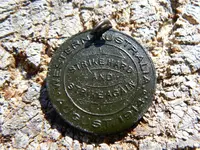 medallion001.webp158.3 KB · Views: 1,325
medallion001.webp158.3 KB · Views: 1,325 -
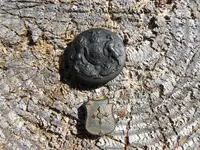 servicebutton001.webp195.1 KB · Views: 1,295
servicebutton001.webp195.1 KB · Views: 1,295 -
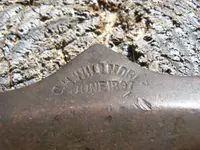 saddlebit002.webp83.2 KB · Views: 1,298
saddlebit002.webp83.2 KB · Views: 1,298 -
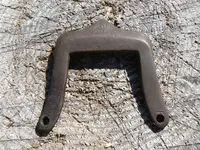 saddlebit001.webp177.6 KB · Views: 1,307
saddlebit001.webp177.6 KB · Views: 1,307 -
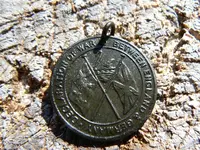 medallion002.webp150.6 KB · Views: 1,324
medallion002.webp150.6 KB · Views: 1,324 -
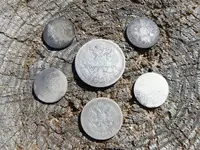 silvers001.webp178 KB · Views: 1,295
silvers001.webp178 KB · Views: 1,295 -
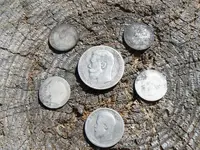 silvers002.webp183.5 KB · Views: 1,301
silvers002.webp183.5 KB · Views: 1,301 -
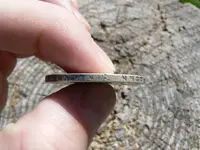 silvers004.webp39.5 KB · Views: 1,291
silvers004.webp39.5 KB · Views: 1,291
Upvote
0




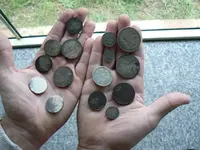
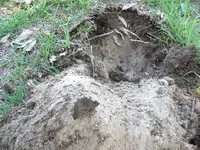
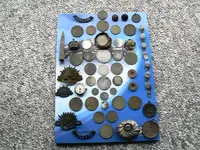
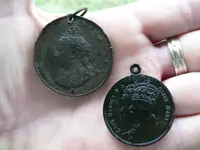
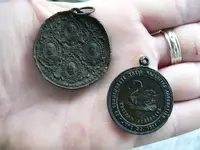
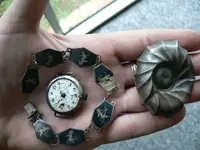
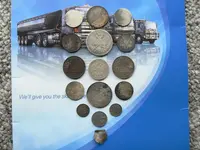
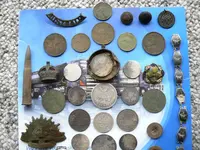
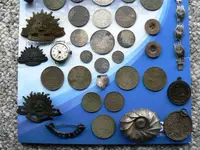
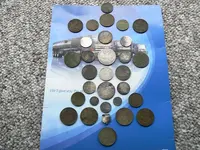
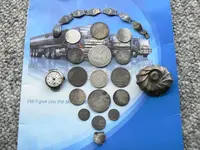
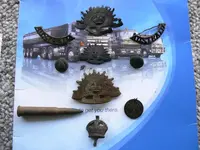
 that is unreal all that silver those are finds i dream of WTG you found some great stuff i love those coins and relics Great hunt
that is unreal all that silver those are finds i dream of WTG you found some great stuff i love those coins and relics Great hunt  Dd60
Dd60